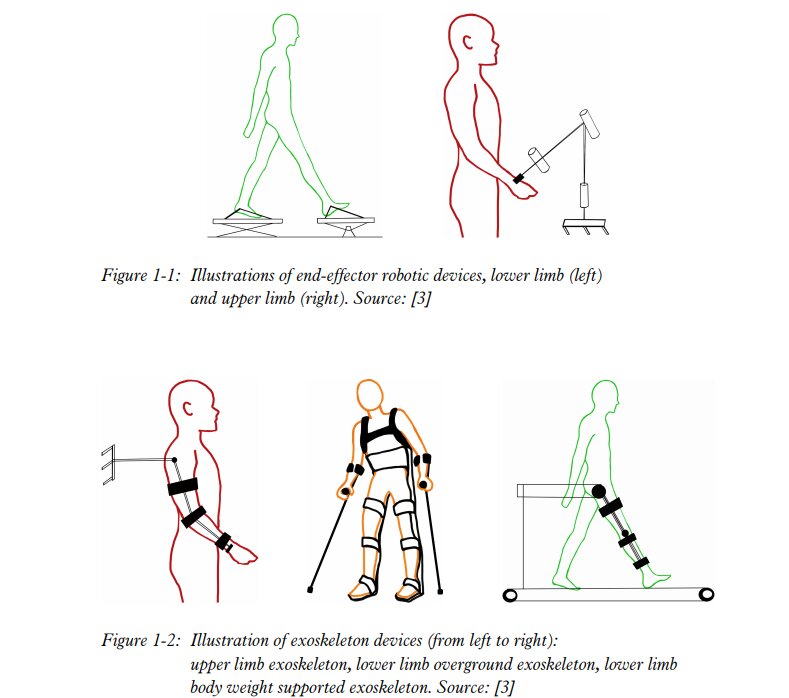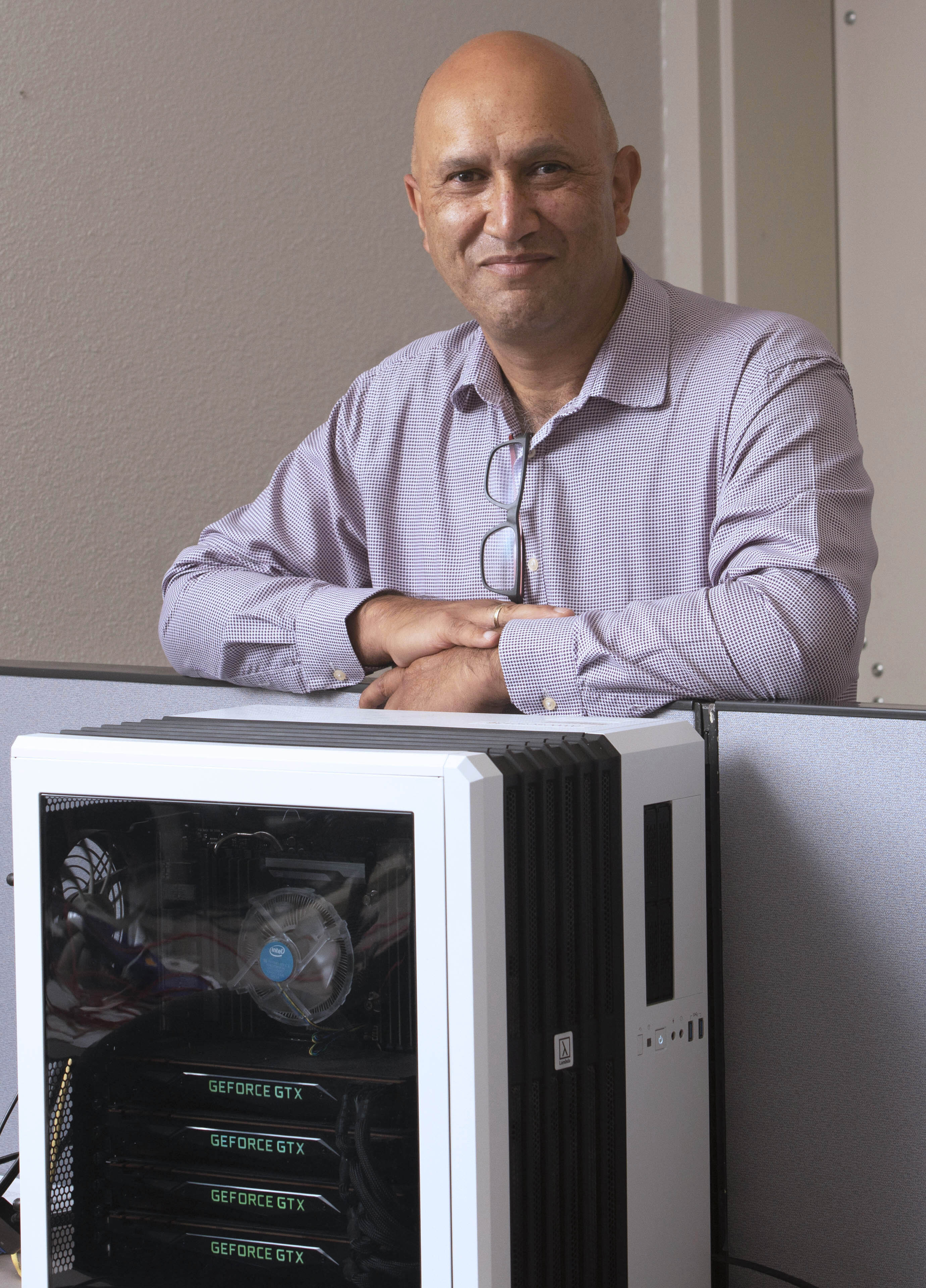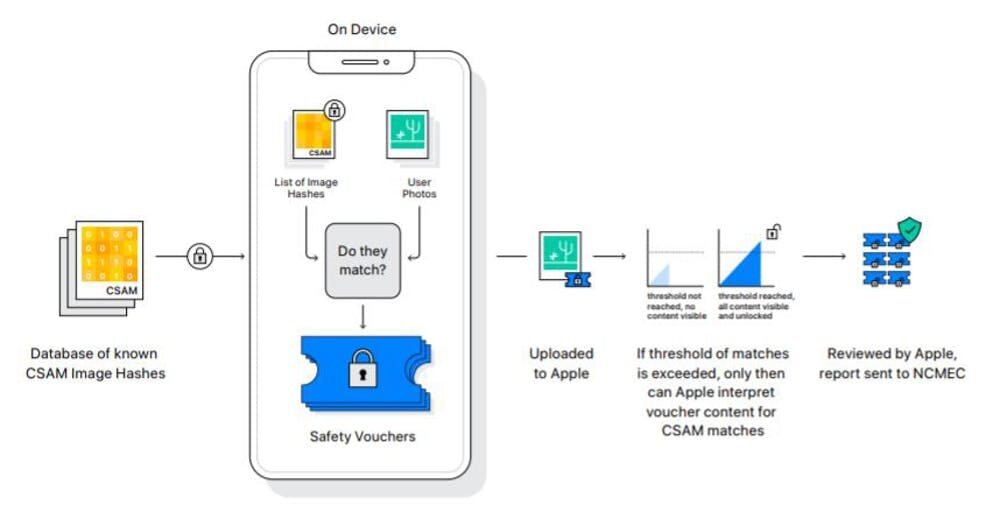#Researchers test technological support with robots and functional electrical stimulation

“#Researchers test technological support with robots and functional electrical stimulation”

Some robots can create an additional clinical benefit in the rehabilitation of stroke patients as a supplement to standard therapy. For another method, the functional electrical stimulation of individual muscles or muscle groups, such an additional benefit cannot beproven. These are the results of a study based on scientific evidence that the Austrian Institute for Health Technology Assessment (AIHTA) conducted together with a German guideline working group and has now published. After a critical analysis of over 53 studies, the AIHTA therefore recommends a health economic evaluation before the use of these supplemental therapy options.
Every year in Austria alone, life changes abruptly for 25,000 people: they suffer a stroke, and many of them subsequently have paralysis of the lower or upper extremities. Prompt rehabilitation measures, however, often help the patients to regain full mobility, with walking and everyday activities being primary rehabilitation goals. However, good rehabilitation programs are resource-intensive and great hope is therefore placed in a supplementation with robots or functional electrical stimulation of the muscles, among other therapies. To what extent these measures achieve a real additional clinical benefit, however, has now been investigated by AIHTA together with a working group (ReMoS/ Rehabilitation of Mobility after Stroke—AG) of the Association of the Scientific Medical Societies in Germany (AWMF).
The comprehensive analysis was based on a total of over 55 randomized clinical trials and a Cochrane Review. These studies examined the specific use of robot-assisted rehabilitation (RAR) and functional electrical stimulation(FES) in different therapy situations. “The range of available devices is extremely wide for both RAR and FES,” comments Priv. Doz. Dr. Claudia Wild, director of the AIHTA. “The expectations are correspondingly high, but unfortunately—as our study shows—they are only partially fulfilled. For example, we were able to determine an additional benefit for some RAR interventions in combination with standard therapy compared to standard therapy without RAR, but not for FES.”
In fact, some types of RAR may benefit the therapeutic process, especially when RAR is used for arm rehabilitation of subacute stroke patients. However, the evidence of an additional benefit of RAR as a support to gait training is weaker. These improvements are thought to be caused by a more intensive and frequent training of patients, achieved without additional effort for physiotherapists. “The use of RAR can therefore be very useful,” concludes Dr. Wild. “It can improve the therapy results and possibly even contribute to relieving physiotherapists of time and physical strain. However, we recommend evaluating the use also in health-economic analyzes, because the additional benefit could not be proven for all robots and heterogeneity of the products can be observed. In this analysis, the severity of the stroke and the therapeutic context and conditions should also be included in the evaluation.”
The FES, on the other hand, disappointed the expectations of additional benefits. These expectations mainly concern a strengthening of the muscles affected by paralysis by means of external electrical stimulation as well as improved blood circulation or blood flow. To investigate the benefits of FES, a total of 26 clinical studies were evaluated by AIHTA and German colleagues. They found that accompanying standard therapy with electrostimulation did rarely provide any additional benefit. However, there is evidence to suggest that a sub-intervention of FES (FES with surface electrodes during walking) is not inferior to a conventional ankle orthosis. A health economic evaluation could also be useful in this case. In addition, six further randomized control studies are underway that are investigating an additional clinical benefit of the FES. For Dr. Wild, this is a welcomed addition to the data base, which may also provide new insights.
Overall, the study, which is now available online, shows a mixed picture of the clinical benefit of advanced adjunctive therapies in the standard rehabilitation of stroke patients. Some interventions of the RAR offer additional benefits, the FES rather not. A critical evaluation is therefore recommended in any case before use in standard therapy.
Robotic exoskeleton training expands options for stroke rehabilitation
Goetz, G. et al. (2021): Robotics and functional electrical stimulation for stroke rehabilitation. eprints.aihta.at/1302/
Provided by
Austrian Institute for Health Technology Assessment (AIHTA)
Citation:
Researchers test technological support with robots and functional electrical stimulation (2021, April 19)
retrieved 19 April 2021
from https://medicalxpress.com/news/2021-04-technological-robots-functional-electrical.html
This document is subject to copyright. Apart from any fair dealing for the purpose of private study or research, no
part may be reproduced without the written permission. The content is provided for information purposes only.
If you liked the article, do not forget to share it with your friends. Follow us on Google News too, click on the star and choose us from your favorites.
For forums sites go to Forum.BuradaBiliyorum.Com
If you want to read more Like this articles, you can visit our Science category.



